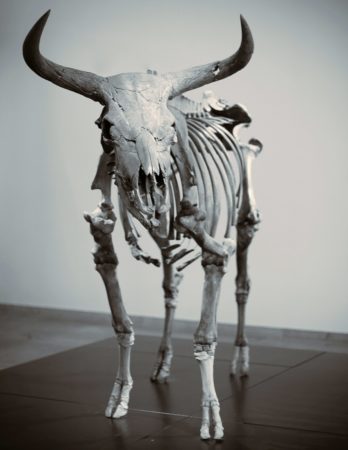I need to make a couple of corrections on things that I know I have said or written over the years, but am not exactly sure where and when.

The first has to do with The Webster Bible, one put together by the great American lexicographer, Noah Webster. Many years ago, I had read somewhere that Webster had wanted to have a Bible that was “suitable for family reading,” and so he cleaned it up a bit. I got the impression, and passed on the impression, that this was an exercise in bowdlerization, and so I objected accordingly, in various ways and at various times. But in the Bible Reading Challenge I have been working through various Bibles that I own, and this time around I chose my copy of The Webster Bible. And lo, it is not that way at all. There are places where that kind of thing does happen, but it is no more pronounced than it is in the standard English translations. So . . . apologies for passing on bum dope, and for wronging the memory of old Noah.
The second one is more a straightforward instance of my own ignorance at work. Over the years I have had occasion to make merry over the attempts of commentators to keep dinosaurs out of the book of Job—leviathan and behemoth, and so on. For instance, there are some who maintain that the behemoth was a hippopotamus, with “a tail like a cedar” (Job 40:17 ). Which I continue not to think.
But I do think I screwed up when it comes to the wild ox of Job 39:9-10. The KJV renders rem there as “unicorn,” but I am not here getting into the whole question of unicorns, or of that translation. Rather I am dealing with a different mistake regarding “wild ox,” which is how the ESV, NKJV, and NASB translate it. Taking wild ox to mean simply an ox that was wild, I thereby took the question of v. 10 to be a ludicrous one, on par with the “tail like a cedar.” “Can you plow with an ox?” Well, yeah. That’s what we do. But I recently learned quite a bit more about the existence of the aurochs, a fearsome critter of the ox family, and now extinct (they existed in Poland as late as the 17th century A.D.). As a side note, they are currently being brought back via back-breeding and other tricksy moves. In his Gallic Wars, Julius Caesar described the Black Forest aurochsen as being a “little smaller” than elephants, and they were terrifying animals. This means that a rhetorical question of whether or not you would use one for plowing was not a stupid one, as I once took it to be.

